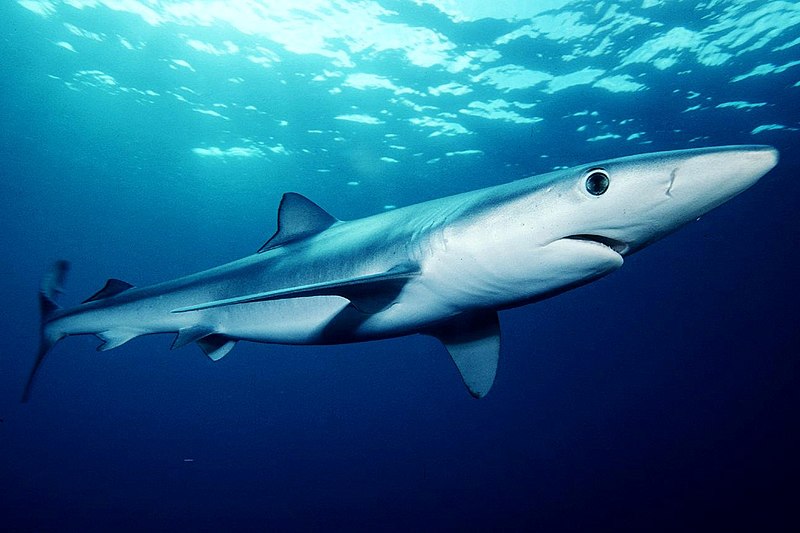
Plastic... where to begin? Call me Ishmael? No, that's been done before. Given the size of the problem though, it seems only fitting to make leviathan references. Instead, I'll start at what is clearly the logical starting point for such a discussion: a picture of a sea turtle.
 Green sea turtle - chilling out in the weeds (Photo: greenpacks.org)
Green sea turtle - chilling out in the weeds (Photo: greenpacks.org)
A green sea turtle, to be precise. This turtle was recently in the
news when an examination of a juvenile captured off Argentina revealed it had a belly full of plastic debris. This is a common problem for sea turtles as outlined in a Marine Turtle Newsletter
editorial. Young turtles often find themselves in the same places as floating plastic debris, and being indiscriminate eaters, they scarf down large quantities this garbage (real garbage, that is, not the kind John eats while he's blogging). Between their high-plastic diet and entanglement in abandoned fishing gear, marine debris can lead to young turtles' untimely demise.




 Those who live on the west coast of North America are no strangers to marine debris from Japan washing up on our doorstep. From barnacle-coated trash to coveted
Those who live on the west coast of North America are no strangers to marine debris from Japan washing up on our doorstep. From barnacle-coated trash to coveted 
